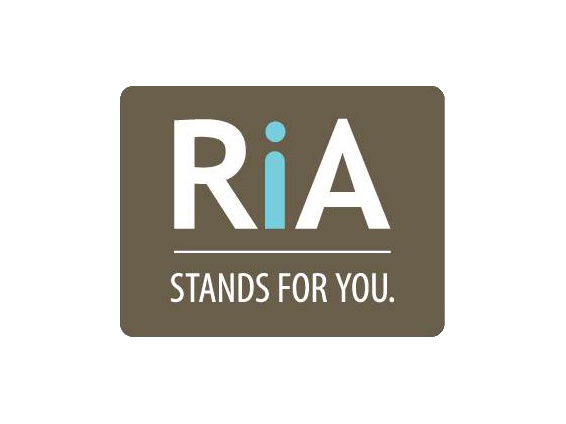Disaster Preparedness
/A few weeks ago, severe weather came through Central Indiana that resulted in tornado touchdowns in Brownsburg and Carmel. I live between those two areas, so as the weather was arriving, we got the dogs and cat into the basement and watched the coverage on TV. On the way downstairs, though, I also grabbed our prescription medicines, phones and my husband’s wallet and my purse. As a planner, what-ifs are constantly going through my mind, so if we get hit by a tornado, I wanted to make sure we at least had a few essentials with us. Thankfully, the overall tornado damage was relatively minimal (although a handful of properties sustained major damage) and no one was killed.
Weather-related events, such as tornadoes, flooding and even wildfires, seem to be occurring more frequently and with greater intensity, which makes being prepared even more important. In addition to knowing what you would grab on the way to your safe space (assuming you have time), one of the best things you can do is prepare a home inventory.
Although many people instantly think of making a video for their inventory, I’m in favor of digital pictures (although a video may supplement the pictures). With today’s smartphones, you can take pictures and then zoom in for specifics, going so far as to count the hangers in the closet or dishes in the cupboard.
Since the insurance company is going to need to know details about your personal property for a claim, like how many pairs of socks you owned and the model of the stand mixer in the pantry, pictures are a great way to jog your memory when completing the claim forms and prove to the insurance company you owned an item.
When doing your inventory, take pictures of each room in your home from 2 – 3 angles, which shouldn’t take long. In addition, and even more important, take pictures of the inside of each closet, drawer and cabinet in your home. Don’t forget the garage and basement as well. For anything with a model number or serial number plate, like TVs and power tools, take a picture of that too.
Make sure your pictures are backed up to the cloud, so they aren’t lost if your phone is. If storage space on your phone is an issue, put the pictures in a cloud storage program like Dropbox or Google Drive.
This project may take you a couple of hours up front but is sure to save you time and frustration in the event of a loss. In the grand scheme of things, though, I pray you never have to use them.
- Juli Erhart-Graves, CFP®, Worley Erhart-Graves Financial Advisors






